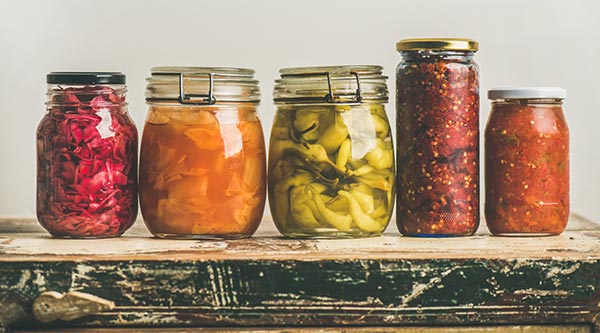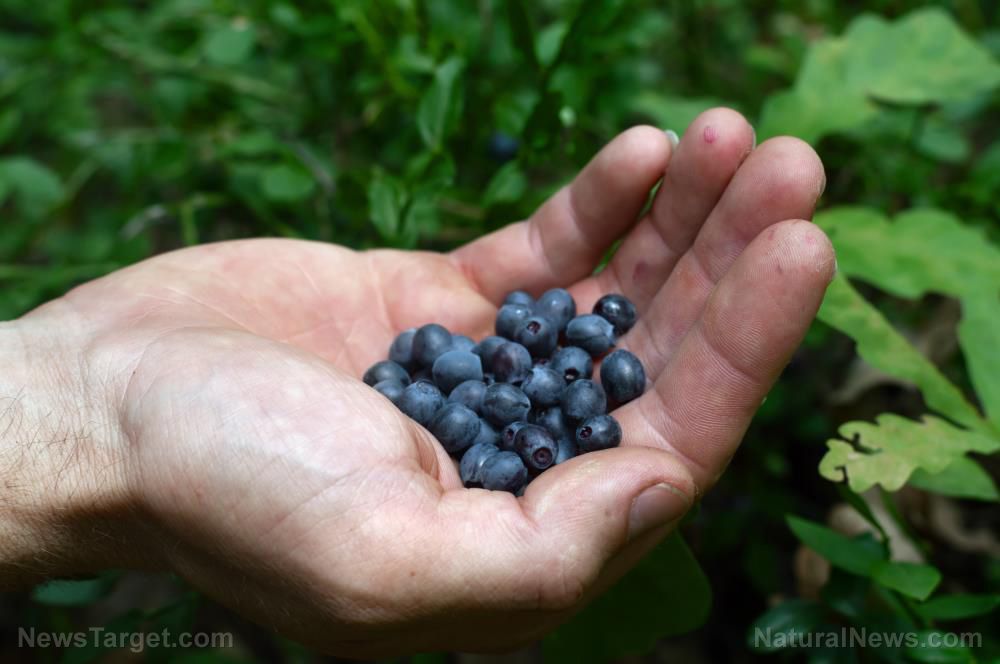
Advertisement
Canning is an invaluable food preservation method to learn for preppers and homesteaders alike. It’s one of the simplest and most cost-efficient methods of storing fresh food without stripping it of important vitamins and minerals. Home-canned foods also help keep pantries stocked in case of emergencies.
Don’t know where to start? Follow these 13 simple steps:
- Clean the jars – Wash the jars and lids with soap and running water. Since you’ll be preserving food in them for weeks or months at a time, it’s important to ensure cleanliness.
- Preheat the jars – Preheat the jars in boiling water for good measure. This helps eliminate microbes that might have survived the washing process. Keep the water simmering while you prepare the foods to be canned. This will help prevent the jars from breaking when filled with hot food or when boiled in the water bath later.
- Prepare the ingredients – Wash and prepare the foods to be canned. Chop fruits and vegetables into manageable chunks, or put them through a food processor to get thinner slices. You can also create fruit preserves, jams, pickles and sauces should you wish to can these as well.
- Remove the jars from the heat – Once you’ve prepared the ingredients, remove the jars from the heat.
- Add citric acid – Citric acid is an organic acid found in citrus fruits like lemons and limes. Adding this to the jars before filling them with food helps discourage bacterial growth. Avoid the manufactured citric acid; instead, add at least two tablespoons of lemon juice to each jar.
- Fill the jars – Fill the jars with the prepared ingredients. Don’t fill them to the brim. Leave at least an inch of space between the lid and the food. This will allow the food to expand during processing, creating an air vacuum.
- Remove air bubbles – Remove air bubbles so that the jars will seal well when processed. Gently run a chopstick or non-metallic skewer along the inside of the jar.
- Seal the jars – Wipe the rim of the jar with a damp washcloth to get rid of food residue that can hinder the sealing process. Screw on the lids tightly.
- Add the jars to a canning pot – Place a rack or plate on the bottom of a canning pot and add the jars. The rack or plate will keep the jars from sitting right on the bottom of the pot, where the intense heat can cause them to explode. You can use whichever pot you have as long as it’s deep enough for the jars.
- Fill the pot with water – Fill the pot with water. Make sure the water is at least an inch above the jars.
- Process the jars – Boil the jars for at least 10 minutes.
- Remove the jars from the heat – Turn off the heat and let the jars cool afterward. To check if a jar has been sealed successfully, press down on the center of the lid. If it doesn’t budge, it is properly sealed.
- Store the jars at room temperature – Once canned, foods can be stored at room temperature for several months up to a year. Remember to label the jars with the appropriate date.
Canning preserves fruits and vegetables without refrigeration. If you tend to get a surplus of fresh produce during harvest season, consider canning some of them to avoid spoilage. Home-canned foods also make for an indispensable addition to stockpiles in case of a crisis or disaster.
For more articles on canning and other food preservation methods, visit EmergencyFood.news.
Sources:
Advertisements







